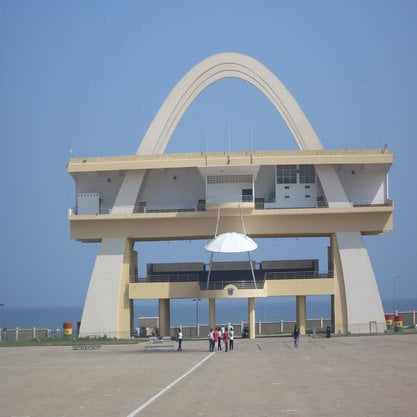Article
Desta, Gebre Kristos (1932–1981) By Cantone, Helena
Article
Gebre Kristos Desta was one of the most influential artists to emerge from the Addis Ababa Fine Arts School in Ethiopia in the 1960s. Best known for his pioneering abstract impressionist style paintings, his socially and politically charged content, and Pan-African perspectives, Desta was attacked by critics who accused him of being too Westernized and removed from his Ethiopian heritage and culture. While he exhibited abroad in the United States, USSR, India, and Czechoslovakia, Desta was mainly known in Ethiopia and West Germany during his short life, and only received international recognition after his death.
Desta studied art at the Werkschule für Bildende Künste und Gestaltung in Cologne from 1957 to 1961. Following his graduation, Desta held a solo exhibition at the Gallery Kuppers, an event that launched his career as an artist. In Ethiopia, Desta flourished under the patronage of Haile Selassie I, receiving the honorary National Prize for Fine Arts in 1965, and awards for his teaching services at Addis Ababa Fine Arts School between 1962 and 1975. Desta was responsible for introducing new artistic concepts to his students, including non-figurative abstract art and experimentation with social–political themes.

